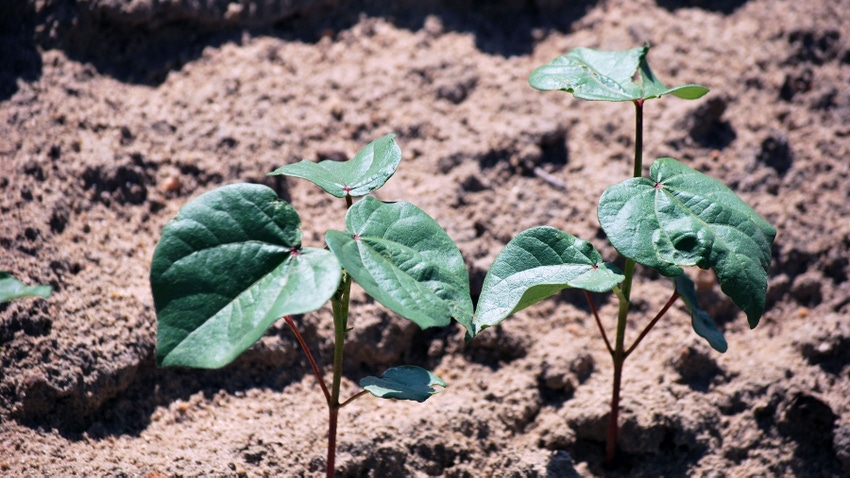
Several days ago, we mentioned how important it was to check insecticide efficacy for thrips control. In addition to those reasons we mentioned, we have new information from 2023 on resistance to acephate (Orthene) for tobacco thrips. This is our most commonly encountered species in North Carolina cotton.
We have well-documented resistance to the active ingredient used as seed treatments (neonicotinoids such as imidacloprid and thiamethoxam) and imidacloprid in-furrow (Admire Pro and Wranger are commonly used). 2023 bioassays for imidacloprid resistance confirmed resistance persists in some populations, but not all.
In response to this resistance, acephate usage has increased in cotton over the past several years. Tobacco thrips are also exposed to acephate in peanut. Together, repeated exposure in both crops has increased the selection pressure for acephate resistance in tobacco thrips. In the Midsouth, farmers responded to neonicotinoid resistance by adding acephate as a seed treatment to help manage problematic thrips populations.
Not surprisingly, they documented widespread resistance to acephate in the region in a study from 2018-2021. However, populations we submitted for screening from North Carolina were still susceptible in bioassays and foliar acephate sprays in the field were still providing acceptable control up through 2021.
As we mentioned in a late-April 2023 article, one population of thrips sprayed with acephate during 2022 in North Carolina was tested from a suspected spray failure. Based on bioassay results provided by our colleagues at the University of Tennessee, we categorized this population as “reduced susceptibility” and suggested that growers should use acephate with caution during 2023 and check behind sprays.
Last Tuesday (May 30) we were contacted by a consultant who found immature and adult thrips and associated injury in cotton behind an application of acephate. Spray conditions were not great the week prior, but growers were doing the right thing trying to get applications out before the previous weekend’s weather.
We collected a population of tobacco thrips behind this spray and sent them to our UT colleagues. Only 33% of this population died in their bioassay when exposed to acephate, while 100% died when exposed to spinetoram (Radiant). Based on this information, we have at least one population of tobacco thrips that is resistant to acephate in North Carolina.
Problem fields in 2022 and 2023 were located in northeastern North Carolina. However, we are not sure how widespread this resistance is in the state. Because resistance is suspected in the northeast, growers in northeastern North Carolina should switch to spinetoram (Radiant) at 3 fluid oz plus a surfactant to ensure adequate coverage (this is one of the rare instances where a surfactant can boost insect control).
In addition to being effective for tobacco thrips, this insecticide has the advantage of being very strong on western flower thrips that is sometimes present in our fields. Spinetoram is also in a different insecticide class than acephate (Orthene). Other insecticides like dicrotophos (Bidrin) and dimethoate are in the same insecticidal class as acephate and are not good rotational partners. This is especially true if we suspect resistance to organophosphates, like acephate.
Also, check our information that we covered here about the need to spray for thrips at all. Cotton that is past the four-leaf stage is generally thrips-safe in good growing conditions, and sprays past the two-leaf stage don’t often provide an increase in yield.
At this time, we are unsure how widespread acephate resistance is. Growers outside of northeastern North Carolina that have been satisfied with acephate control may not have issues. However, everyone should scout thrips before making an application and check for efficacy after and application.
Note that the check after the spray should be made after the appropriate re-entry period at 24 hours. Pull up seedlings and tap them against a white paper. Adult tobacco thrips are small and dark. Immature thrips are even smaller and cream colored.
With good eyesight you can see them moving. Immature thrips are a potential indicator that the insecticide spray might not have worked well. Adult thrips could have moved into the field after the spray and are not good indicators of efficacy. Finally, even with our most effective insecticides, we often find immature thrips on the plant, but at vastly reduced numbers.
Read more about:
Resistance ManagementAbout the Author(s)
You May Also Like




